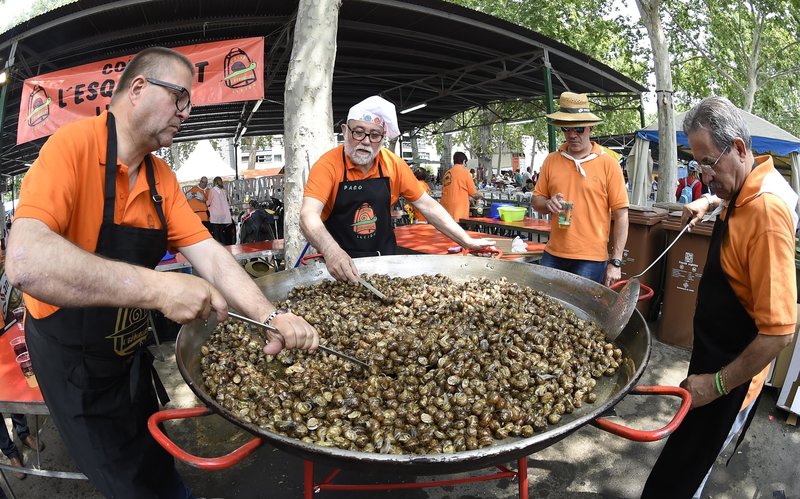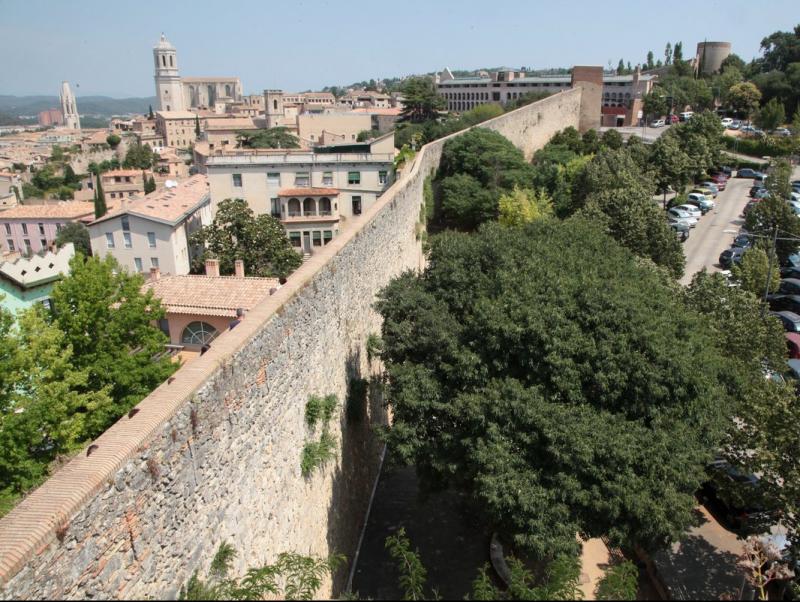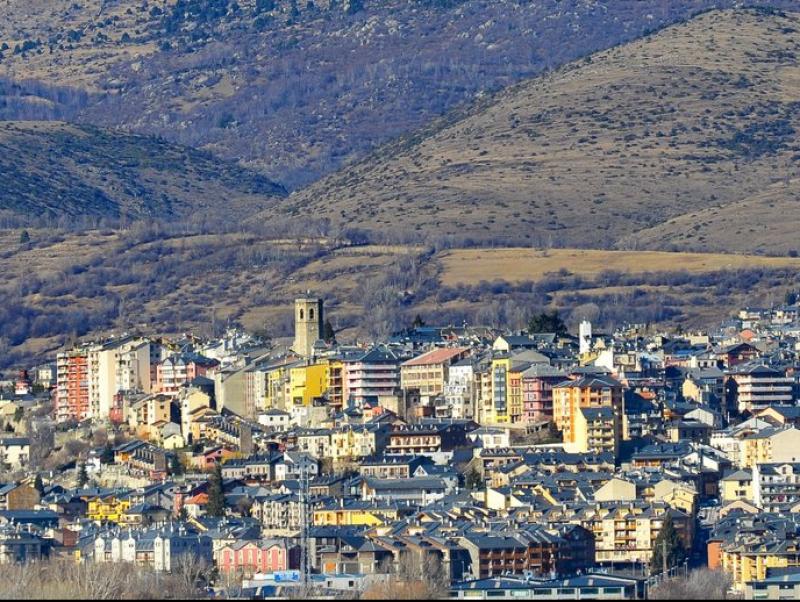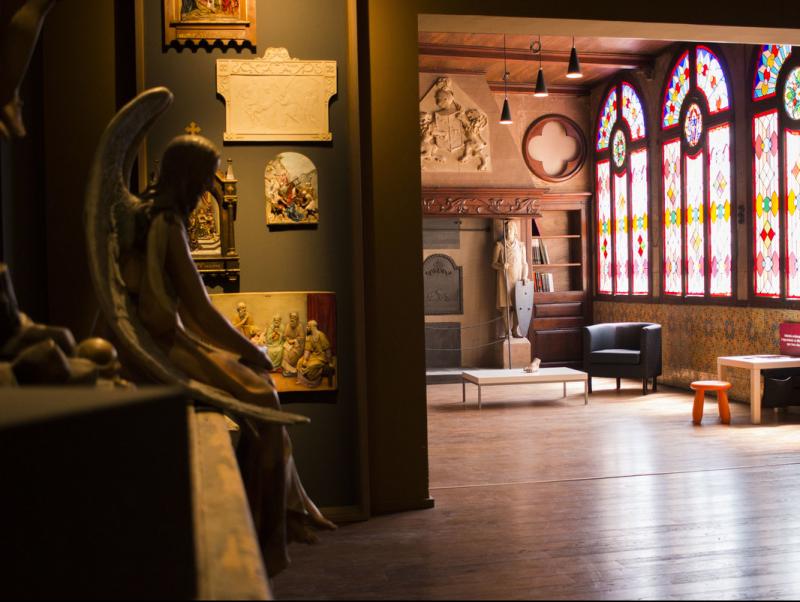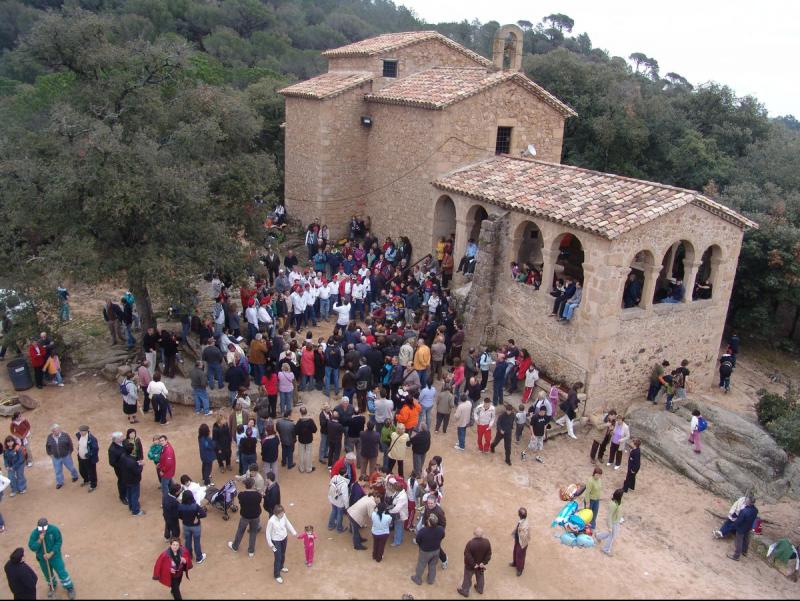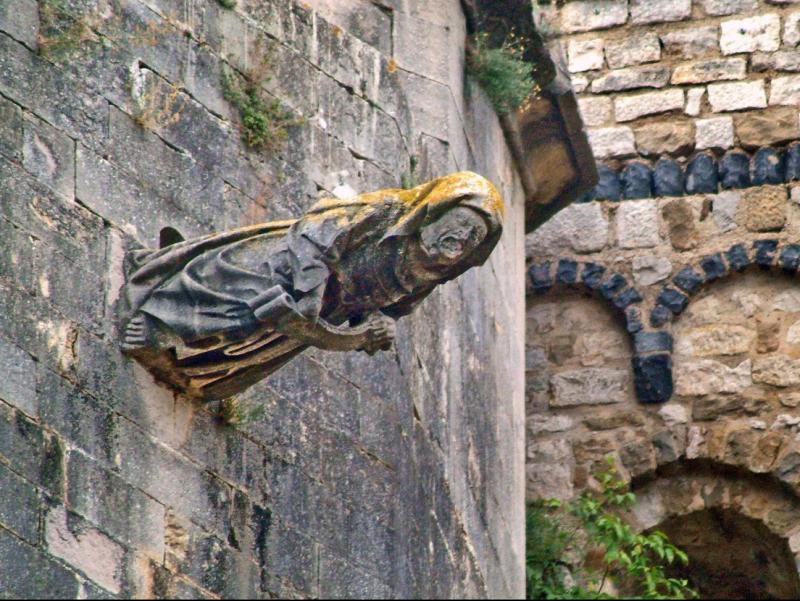Lleida, more than just La Seu and snails
In 1940, Francesc Vinyoles and Sebastià Garrofer did their military service in Lleida, stationed in the cathedral-turned-barracks, the Seu Vella. The centuries-old building had been a concentration camp and the recruits slept above the cloister in tiny quarters as cold as the stone they were cut from. The two men, one from Sils (La Selva) and the other from Portella (Segrià), remained friends for the rest of their lives, and closely followed the long and careful process of restoration that turned the old cathedral into arguably the city’s most important landmark and a prime destination for tourists and visitors.
Yet, beyond the draw of the iconic building that towers over the city, or even the Aplec del Caragol, the famous snail festival that is held every spring in the capital of Segrià county, Lleida has multiple atractions to offer the visitor.
Despite having to controversially return some of its treasures to the Sigena monastery, Lleida Museum is still worth a visit. The venue has almost a thousand items in its collection, including archaeological remains, paintings, sculptures, tapestries and furniture, which explain the history and heritage of this part of Catalonia from prehistoric times to the 20th century.
From here, we could take a trip to the Castle of the King, popularly known as the Suda, built on the site of an Andalusian fortress from the 9th century, stopping to rest at bar La Sibil·la, where in spring and summer especially there are magnificent views. Another option is to visit La Paeria, Lleida’s city hall, and check out the cell used to hold prisoners condemned to death known as La Morra, and read the graffiti left on its walls by prisoners in the 16th and 17th centuries.
There is more history to enjoy at the Arc del Pont, the ancient entryway into the city, to pay homage at the statue of Indíbil and Mandoni, the Iberian chiefs of the Ilergetes and Ausetani tribes who led a revolt against the Roman occupiers in the third century BC.
Leaving heritage to one side, Lleida also has plenty of natural spots to enjoy in the open air, with parks such as the Camps Elisis, the Parc Fluvial del Segre or La Mitjana, which are green spaces where the visitor will find gardens set out in the French or Romantic English styles, not to mention the works of art, wetlands, and plenty of water.
out & about
A blend of cuisines
Lleida’s food is a mix of the Mediterranean and mountain cuisines, providing a blend of flavours and textures. No visit is complete without trying the local snails, which are served in many ways. So close to the mountains, the visitor can also find Pyrenean beef, wild mushrooms, strong cheeses and, in the winter months especially, the stew known as olla barrejada.

